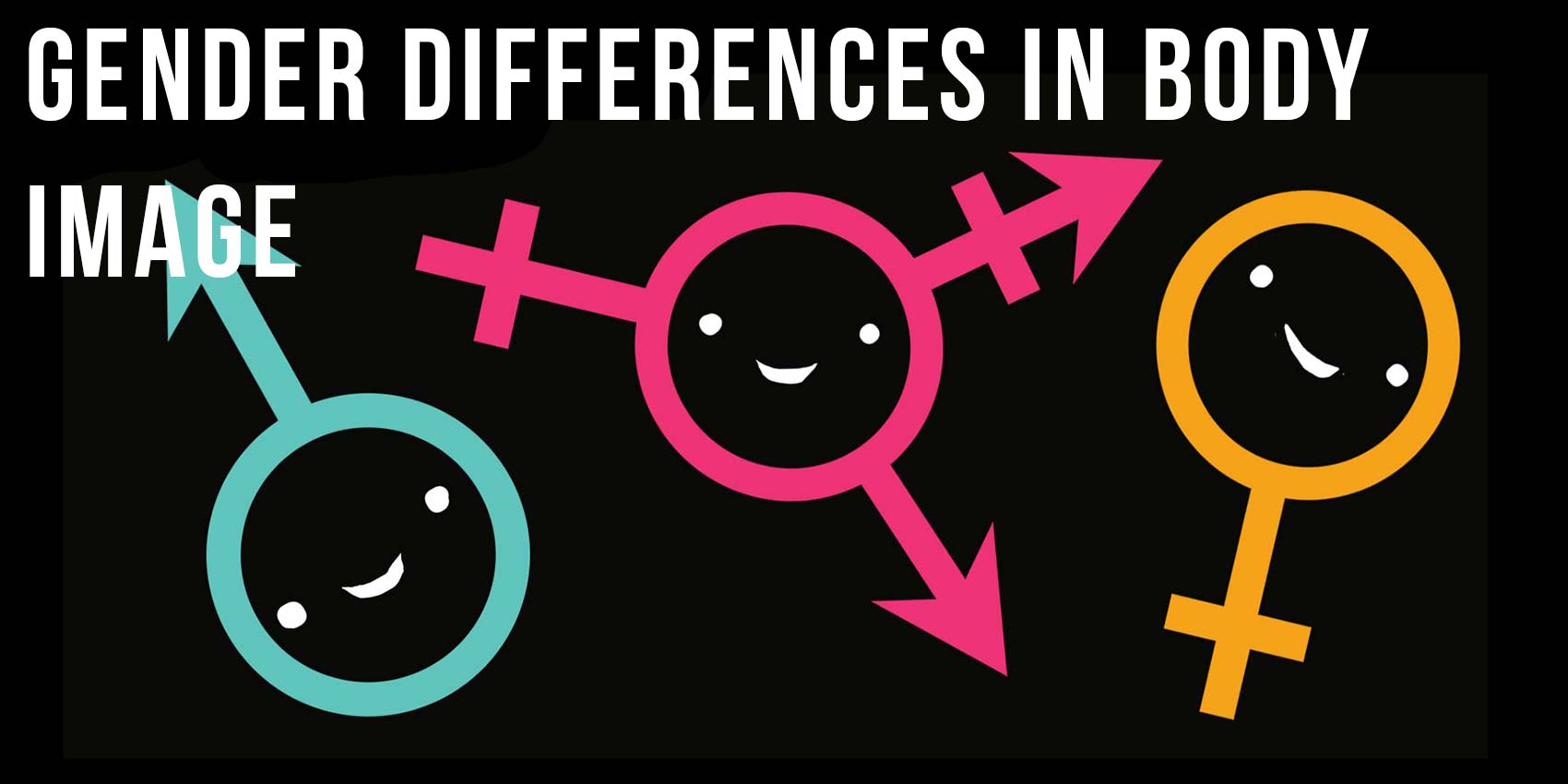22 Sep Gender differences in body image


Whoa, those last video links were scary, but it’s not just girls, guys feel pressure to be thin and in shape as well.
Yeah, tell me about it. There’s total pressure on guys to be muscular and fit.

Steve has a point. Especially over the past few years, the pressure on boys to look good has increased and, as a result, we are seeing a rise in the number of eating disorders in men. Let’s take a quick look at the differences between boys and girls:
Imagine a girl in your mind. Imagine a boy. How are they the same? How are they different? If you covered their heads with a paper bag, and they were both wearing jeans and a t-shirt, would you be able to still tell who is a boy and who is a girl?
Chances are you would, right? Why?
Because, besides having different private parts, girls and boys are built differently. And as boys and girls move through puberty those changes become even more apparent.
For instance, boys (in general) begin to grow hair on their faces (among other places), add muscle mass and broaden in the shoulders and chest.
Girls, in general, do not add muscle but a layer of fat in preparation for pregnancy. YES!!! Read it again… A LAYER OF FAT. This does not mean that you are destined to be fat—it means that the natural and HEALTHY state of a woman’s body tends to be higher in fat than a male’s body.

DID YOU KNOW? A woman’s body is 25% fat on average, a male’s is 18%.
(Source: https://www.livestrong.com/article/88529-normal-body-fat-percentage-men/)
In addition, boobs develop (no matter how large or small) and hips widen for girls. This makes girls look curvier than boys.

DID YOU KNOW? During puberty your heart, lungs, spleen, skeletal mass and even your eyes double in size. YES. DOUBLE.
Having an additional layer of fat and having curves are part of being female. However, the images presented in the media of women tend to be very thin and angular women without extra fat.
Mostly, girls in the western world are sent the message that the thinner you are, the more attractive you are.
Boys are sent that message that the more muscular you are, the more attractive you are.
As a result of these messages, boys are beginning to develop muscle dysmorphia. Muscle Dysmorphia commonly occurs in males with eating disorders: they develop an extreme concern with wanting to “bulk up.” Boys with this concern are at greater risk for using steroids and other drugs to develop more muscle mass.
Dysmorphia. It is one of the most disturbing consequences of the media influences discussed above and it is the subject of our next post….




Post Question:
What are the consequences when males are sent the message “bigger is better?” When women are sent the message “thinner is more attractive?”
Answer the post question here
What's being said